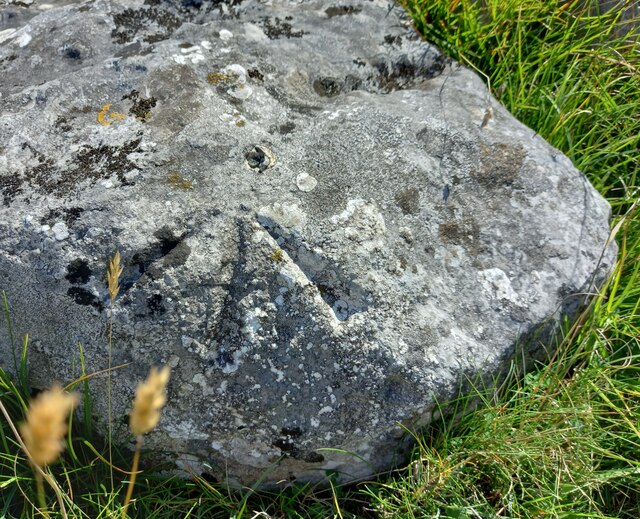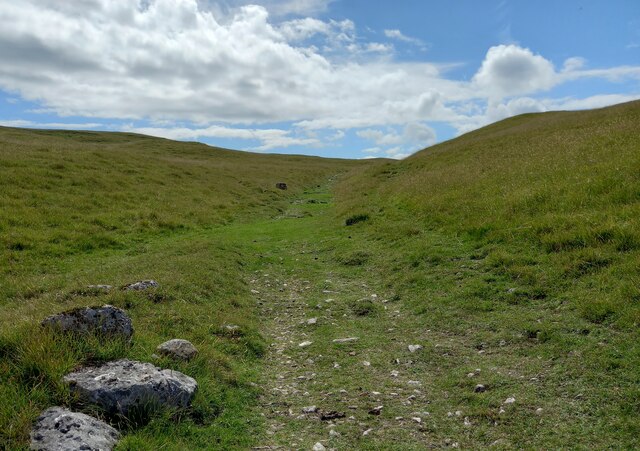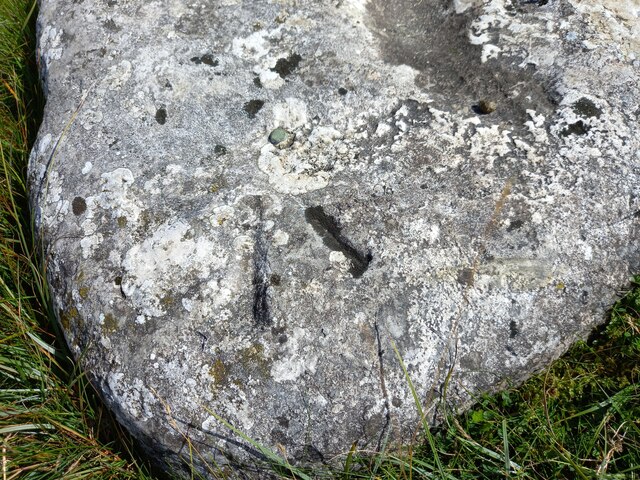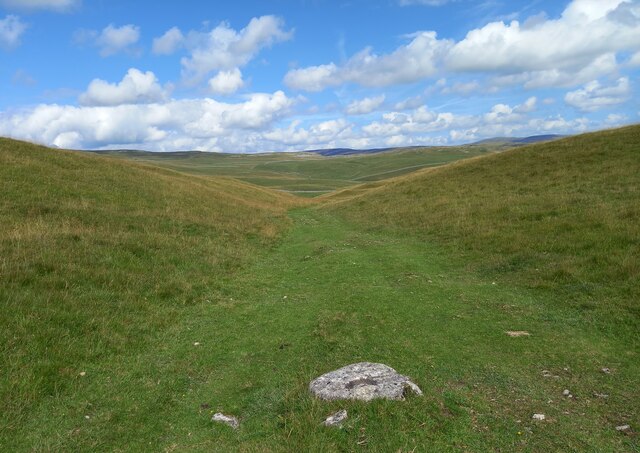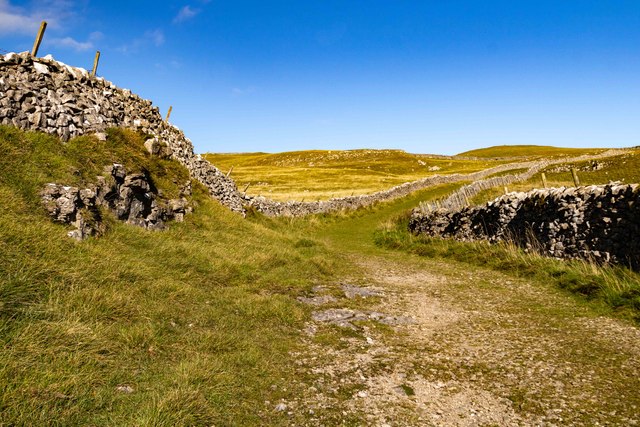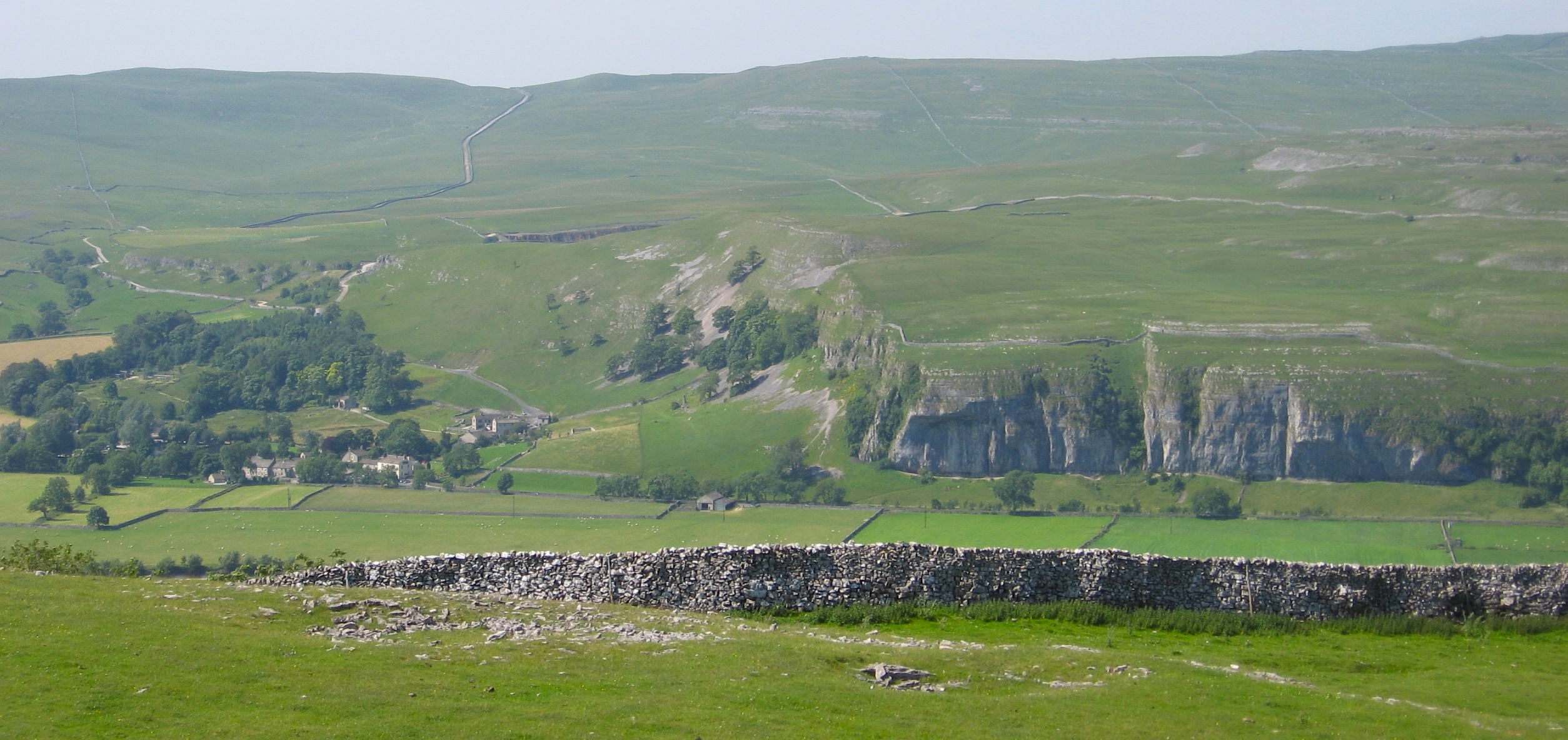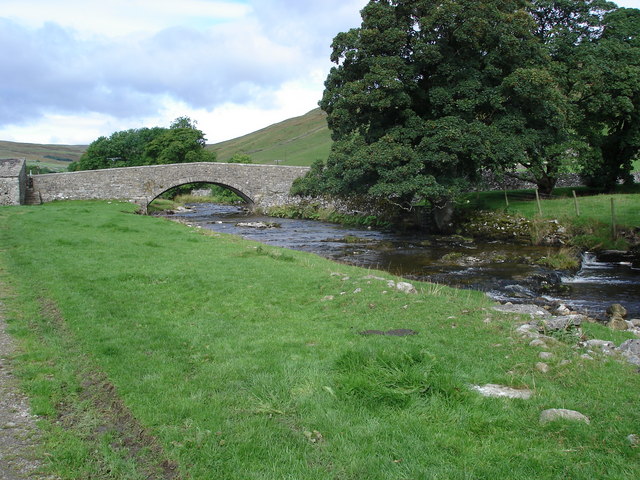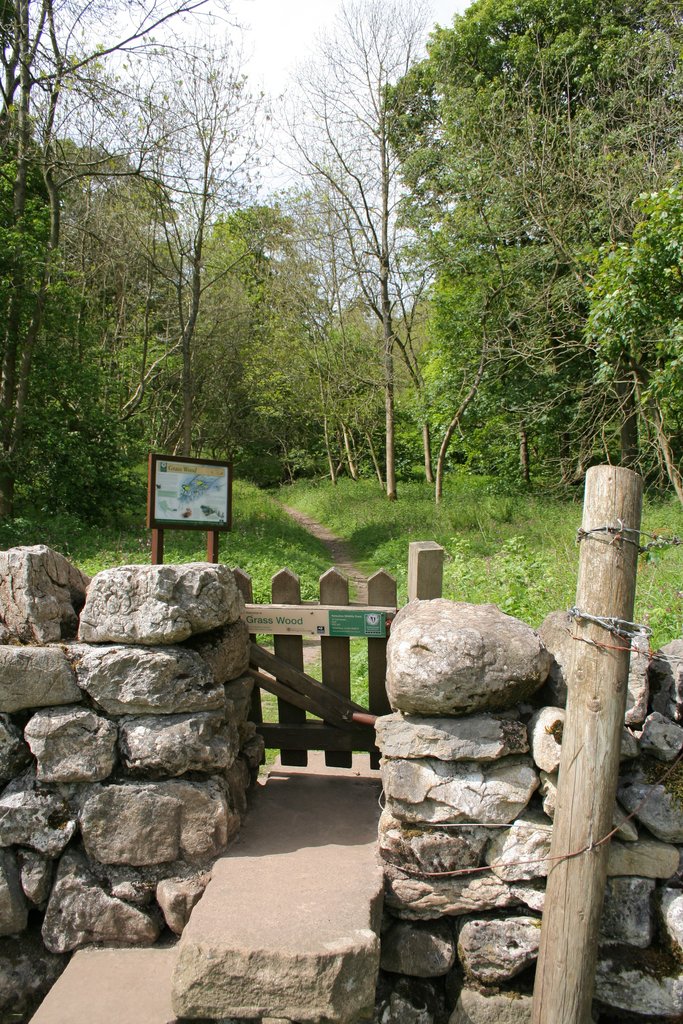Hutton's Kilnsey Moor
Downs, Moorland in Yorkshire Craven
England
Hutton's Kilnsey Moor
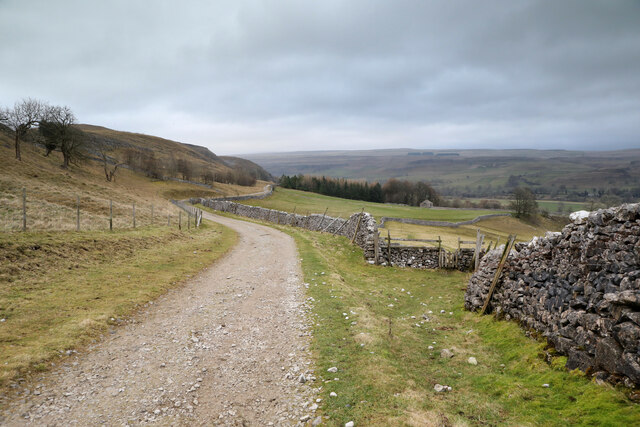
Hutton's Kilnsey Moor is a vast expanse of moorland located in the Yorkshire Dales National Park, in the county of Yorkshire, England. This area is renowned for its picturesque landscapes, rugged beauty, and rich history. Covering an area of approximately 2,500 acres, Kilnsey Moor is a haven for nature enthusiasts and offers breathtaking views of the surrounding countryside.
The moorland is characterized by its rolling hills, heather-covered slopes, and scattered rocky outcrops. It is home to a diverse range of flora and fauna, including heath bedstraw, bilberry, and cotton grass, as well as numerous bird species such as curlews, lapwings, and red grouse. The area is also known for its sheep farming, with flocks of hardy Swaledale and Dalesbred sheep dotting the landscape.
Kilnsey Moor holds historical significance, with evidence of human activity dating back to the Neolithic period. The remains of ancient settlements, stone circles, and burial sites can still be found scattered across the moor. Additionally, the area is famous for its limestone cliffs, including the iconic Kilnsey Crag, which is a popular spot for rock climbers.
Visitors to Hutton's Kilnsey Moor can enjoy a variety of outdoor activities, such as hiking, birdwatching, and photography. There are several well-marked trails that allow visitors to explore the moorland and soak in its natural beauty. The area also offers opportunities for fishing in the nearby River Wharfe, which is renowned for its trout and grayling population.
Overall, Hutton's Kilnsey Moor is a captivating destination that showcases the beauty of the Yorkshire Dales, offering visitors a chance to immerse themselves in its wild and rugged charm.
If you have any feedback on the listing, please let us know in the comments section below.
Hutton's Kilnsey Moor Images
Images are sourced within 2km of 54.104028/-2.0778996 or Grid Reference SD9567. Thanks to Geograph Open Source API. All images are credited.

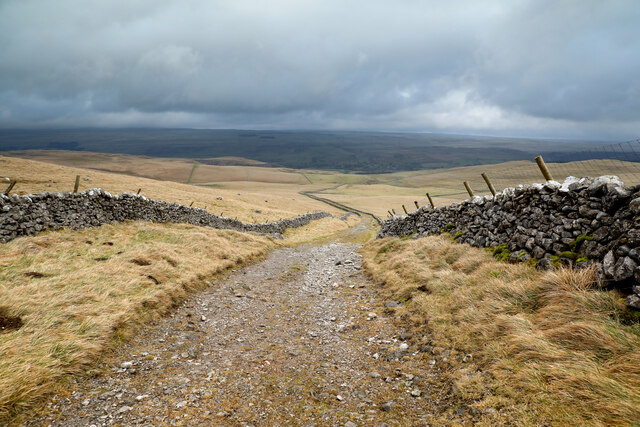

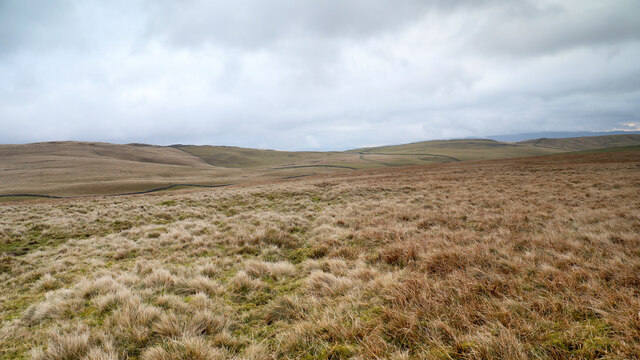
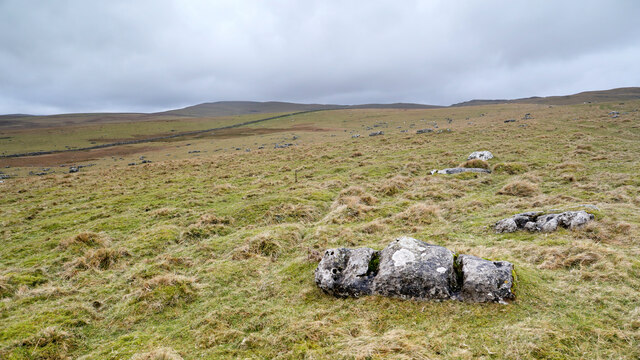
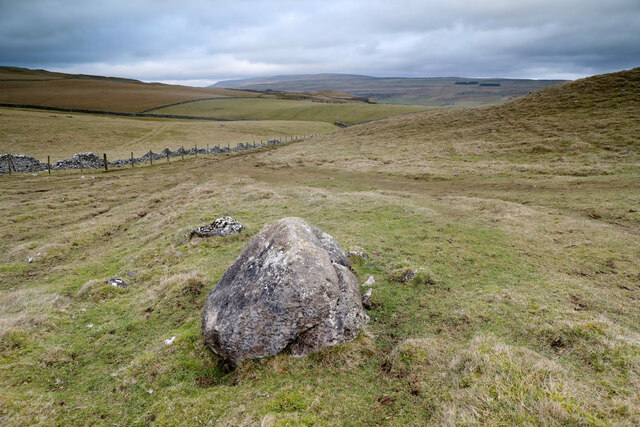
Hutton's Kilnsey Moor is located at Grid Ref: SD9567 (Lat: 54.104028, Lng: -2.0778996)
Division: West Riding
Administrative County: North Yorkshire
District: Craven
Police Authority: North Yorkshire
What 3 Words
///basics.gentle.public. Near Grassington, North Yorkshire
Nearby Locations
Related Wikis
Kilnsey
Kilnsey is a small village in Wharfedale, North Yorkshire, England. It lies on the B6160 road, between the villages of Grassington and Kettlewell, near...
Bordley
Bordley is a village in the civil parish of Hetton-cum-Bordley, in North Yorkshire, England, within the Yorkshire Dales National Park and 12 miles (19...
Hawkswick
Hawkswick is a hamlet and civil parish in the Craven district of North Yorkshire, England. Situated in the Yorkshire Dales, it lies in Littondale on the...
Conistone
Conistone is a small village in the Craven district of North Yorkshire, England. It lies 3 miles (5 km) north of Grassington, 3 miles (5 km) south of Kettlewell...
Conistone with Kilnsey
Conistone with Kilnsey is a civil parish in Wharfedale in the district of Craven, North Yorkshire, England. It contains the villages of Kilnsey and Conistone...
St Mary's Church, Conistone
St Mary's Church is in the village of Conistone, North Yorkshire, England. It is an active Anglican parish church in the deanery of Skipton, the archdeaconry...
River Skirfare
River Skirfare is a small river in North Yorkshire, England, that flows through Littondale and ends where it joins the larger River Wharfe. The source...
Grass Wood, Wharfedale
Grass Wood is an ancient woodland of 88 hectares (220 acres) in Wharfedale, North Yorkshire, England, that has an exceptional ground flora of woodland...
Nearby Amenities
Located within 500m of 54.104028,-2.0778996Have you been to Hutton's Kilnsey Moor?
Leave your review of Hutton's Kilnsey Moor below (or comments, questions and feedback).
